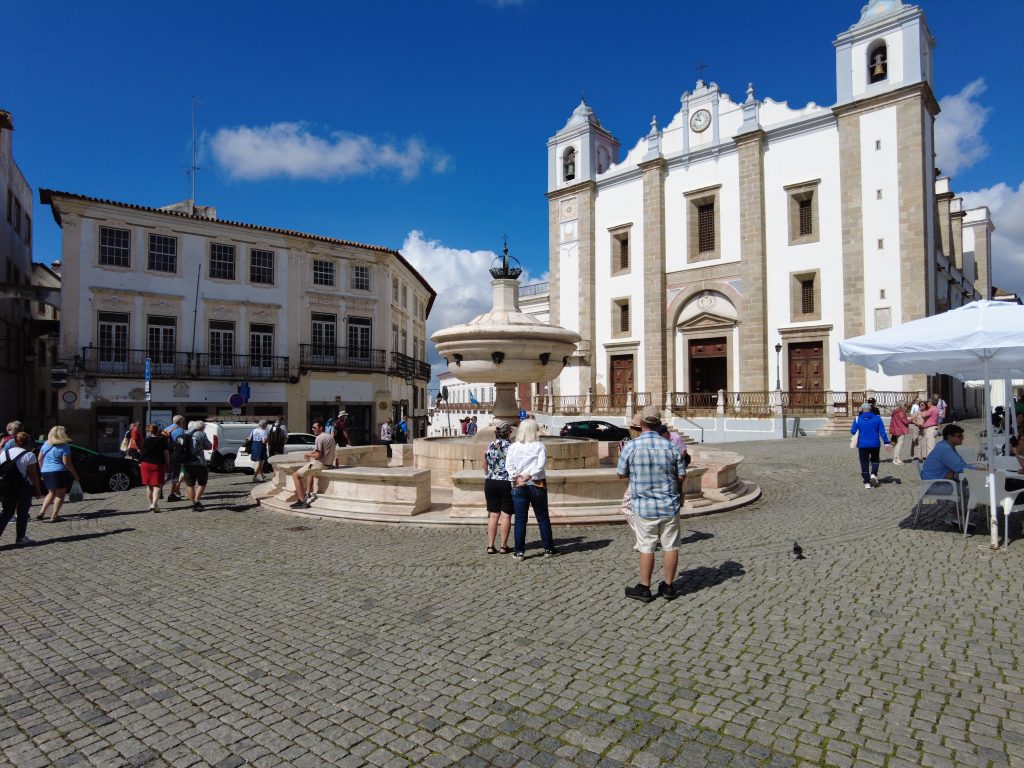Whispering Stones: Discovering Portugal’s Secret Villages
Deep inside the rough interior of Portugal lies a collection of hidden treasures that transport visitors to a time long past. These schist villages, built from the region’s abundant slate, are a testament to the harmony between nature and tradition. They are 27 small communities opening themselves up to the past of Portugal, where, with the sweat of their brows and the strength of their hearts, the shepherds and farmers formed the landscape. Nowadays, they have been living under a cultural, craftsmanship, and gastronomical renaissance, maintaining the charm of times gone by.

A Unique Cultural Landscape
The villages of schist are much more than picturesque villages; they are real living witnesses of the cultural heritage of Portugal. The rounded hills and profound valleys around this settlement have given the whole area a dramatic scenery, shaped and modelled by man over many centuries. Traditional stone houses, cobbled streets, and terraced fields reflect the ingenuity and tenacity of the ancestors. Here, attachment to the land is palpable: architecture and local traditions form part of the landscape.

Sustainability Meets Revival
In recent years, the schist villages have been revived with sustainable development initiatives. Such an effort was one of preservation-keeping cultural and natural heritage, but it tried to provide fresh modern vigor. The visitor can now experience a mixture of old and new, from traditional crafts to workshops and events infusing these age-old communities with a new air. From gastronomic festivals celebrating regional flavors to hands-on workshops in traditional arts, there’s always something to explore.

A Haven for Nature Lovers
Smack in the middle of pristine forests, with their flowing rivers and untouched wilderness, the schist villages are an athlete’s utopia. You can take either a leisurely walk through the countryside or go on a real adrenaline-packed adventure-the region offers it all. Follow the scents of scenic hiking trails, refreshing river beaches, and breathtaking viewpoints that capture the essence of Portugal’s natural beauty.
A Journey Worth Taking
The schist villages of Portugal will give the possibility of traveling through the heart of tradition, culture, and nature for anyone who intends to have another kind of holiday. Be it for coming to soak up the history, savoring real flavors, or just relaxing among serene landscapes, this is something that will be remembered with the jewels waiting around their corners. Wander away from the beaten track and discover a hidden beauty of the interior of Portugal, where time has stood still, yet life bursts forth anew.
Take a Tour With Us
Here are the links for our tour, including Schist Villages:
Secrets of Portugal:Schist Villages Tour – Desirable Portugal Tours
Tomar, The Templars& Schist Village – Desirable Portugal Tours
#Useful_Tips #Portugal_Unplugged
















